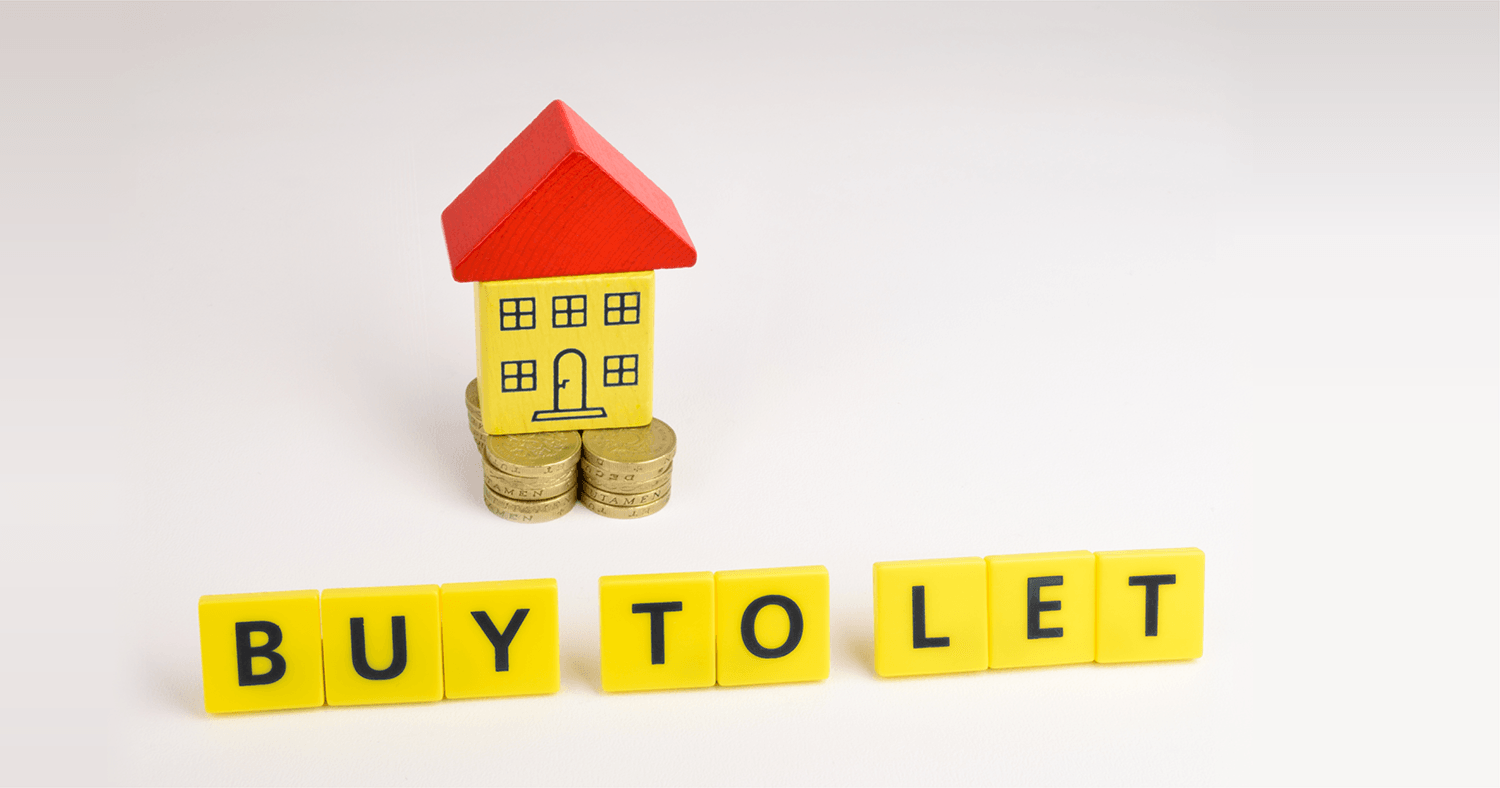10 ways to cut your carbon footprint and reduce your energy bills
10 ways to cut your carbon footprint and reduce your energy bills
Reducing your energy consumption can be a great way to cut your carbon footprint, lessening your personal impact on the environment and potentially helping to limit the devastating effects of climate change.
As living costs and the price of energy are soaring, taking action to lessen your usage can also be an effective tool to save money on your bills.
1 in 8 UK consumers think they’re already doing enough
Interestingly, when compared globally, the UK has the highest proportion of consumers – 17% – who think they already do enough to prevent climate change, according to a MarketScreener report.
However, by better understanding your consumption habits, you might realise there’s more you can do.
According to the report, Jaap Ham, associate professor at the Eindhoven University of Technology, argues that our mindset is the biggest problem to tackle when trying to take action to curb energy consumption.
Echoing this, Schneider Electric’s vice-president of home and distribution, Nico van der Merwe, says that “it is encouraging to see the public recognise that real change starts at home”. He puts emphasis on the use of smart tools to help consumers understand their own usage, allowing you to take targeted action from there.
With 8 in 10 UK consumers believing that climate change will lead to higher energy bills, conditioning yourself to make the most of your energy consumption could kill two birds with one stone – saving money and the planet.

Here are 10 useful ways to reduce your carbon footprint while saving on your energy bills.
1. Understand your carbon footprint
A useful first step in reducing your carbon footprint is to understand it.
Visualising where you’re being excessive with your energy consumption can often be the wake-up call that people need to shock them into action. Online calculators are a great way to find this information and help you track your energy habits.
For instance, seeing how much energy you use through your dishwasher may inspire you to pack loads more tightly, making better use of your appliances.
Carbon footprint calculators are available from organisations such as WWF, the Carbon Trust, and the UN among others.
2. Switch to renewables
Next, you could consider switching to renewable sources of energy in your home.
Switching to a supplier that generates energy from sustainable sources can be a good way to reduce bills as well as reassuring yourself that the energy you’re using is “clean”.
As well as this, you could generate your own renewable energy by installing solar panels on your home. While this upfront cost can be expensive, this can offset your energy bill by using less of your supplier’s energy and generating your own from the power of the sun.
3. Use less hot water
Limiting how much hot water you use at home is another useful way to control your bills while lending the environment a helping hand.
Keeping tabs on how long you take in the shower, monitoring the number of baths you have, or being conservative with the hot tap are all examples of ways you can reduce your energy use.
Heating water is an expensive process as well as an energy-intensive one, so limiting how much you’re using could help to offset your bills.
4. Turn off idle appliances and chargers at the plug
TVs, chargers, and any other appliance plugged into the mains could be soaking up your precious energy. When switched on, chargers will use electricity even if nothing is connected.
So, getting into the habit of checking plugs throughout the day, or before you leave the house, can help you to waste less money on unused electricity while reducing your carbon footprint.
As well as this, TVs, radios, and consoles all use energy when on standby, so make sure you fully turn them off!
5. Consider an electric vehicle
Swapping your petrol or diesel car for a battery-powered, electric vehicle can reduce your costs and can also have environmental benefits.
Emissions you personally produce while driving can be drastically reduced by going electric instead of using fuel. As well as this, powering your vehicle with electricity is often cheaper over time compared to regularly filling a petrol or diesel tank.
Increasingly, you can even come across free charging points that are available for public use – according to Zap-Map, supermarkets such as Aldi, Lidl, Sainsbury’s, and Tesco are great places to find them.
6. Buy energy-efficient appliances
Kitting out your home with low-consumption appliances is a simple way to lower your energy consumption and, as a result, your bills.
Good examples of these include bulbs, showerheads, kettles, plugs, and hoovers to name a few.
The compromise in performance is generally negligible and well worth the switch. For example, a low-energy bulb may take a few extra minutes to reach full brightness but save a worthwhile amount of energy over time.
7. Use “smart” home appliances
Making use of smart devices that can remotely alter your home’s use of energy offers an easy way to reduce the size of your bills along with your carbon footprint.
According to research reported by MarketScreener, smart lighting and thermostat devices are now among the top three most purchased smart devices, proving how people are waking up to their utility.
Installing these in your home allows you to easily monitor your consumption and readily adjust how your home is using energy. Even better, you can change your home’s settings remotely so you can stick to your low-energy habits even if you leave the lights on after you go out.
8. Replace or service kitchen appliances
If you have any older models of kitchen appliances, it could be worth replacing them with newer, energy-efficient versions.
Culprits of high energy use could include your dishwasher, fridge, freezer, tumble dryer, or washing machine. Thankfully, technological advances mean newer appliances can complete tasks to the same standards while using less energy.
Through constant use over many years, these marginal savings can add up to be well worth the investment.
9. Improve your home’s insulation
If you’re already paying to heat your home, you should want to make the most of what you get – especially with energy prices being so high.
One of the best ways to do this is to make sure your home is appropriately insulated. You can draught-proof your home by:
- Plugging holes and cracks
- Insulating vulnerable areas like windows, doors, and floorboards
- Utilising draught excluders or fitting a suitable carpet to prevent heat loss.
According to Energy Saving Trust, draught-proofing your home could save you up to £45 a year, or £65 if your home has a chimney.
10. Turn down the thermostat
With winter approaching, limiting your use of central heating can offer a great way to keep your energy bill down.
When you can, opt instead for an extra layer and wrap yourself up inside a warm blanket. Some nights are colder than others, but keeping windows closed and updating your home’s insulation can reduce the need to crank up the heating.
Installing thick curtains can stop some of your precious heat from escaping through the cold windows and keeps you warmer for less.
In turn, this additional energy efficiency will see you require less energy, helping to reduce your carbon footprint.

Key takeaways:
1. Understand your carbon footprint
2. Switch to renewables
3. Use less hot water
4. Turn off idle appliances and chargers at the plug
5. Consider an electric vehicle
6. Buy energy-efficient appliances
7. Use “smart” home appliances
8. Replace or service kitchen appliances
9. Improve your home’s insulation
10. Turn down the thermostat
YOUR HOME MAY BE REPOSSESSED IF YOU DO NOT KEEP UP REPAYMENTS ON YOUR MORTGAGE.















